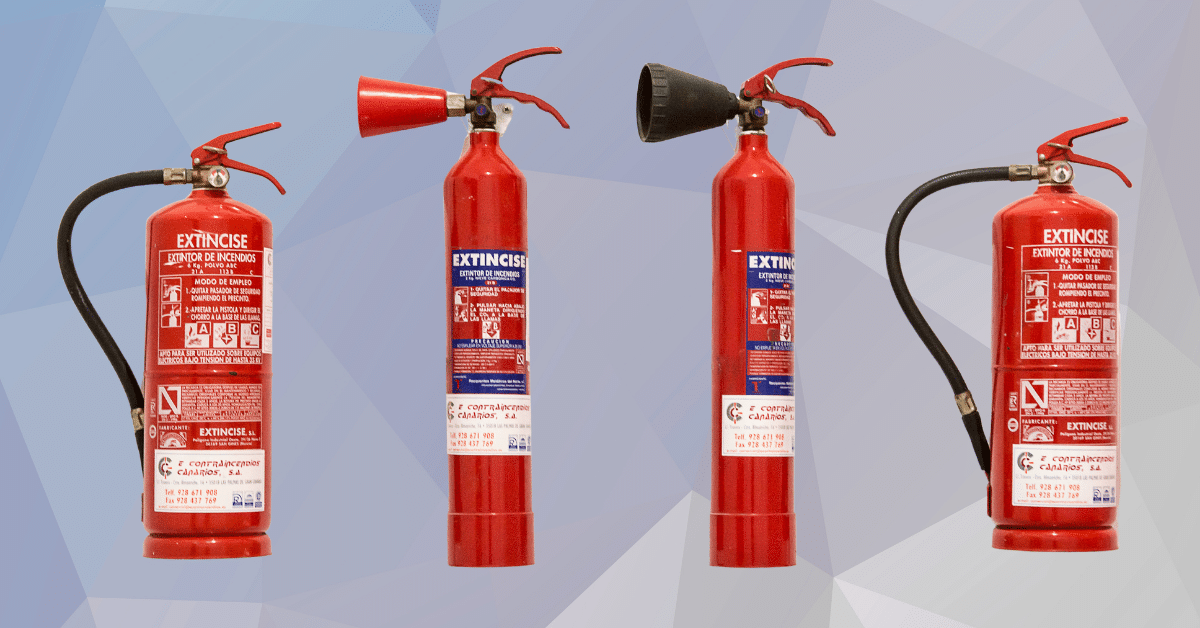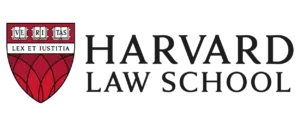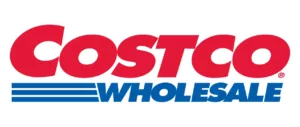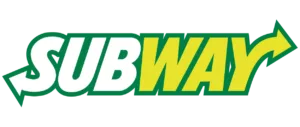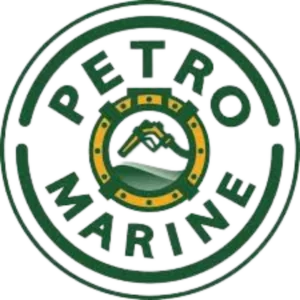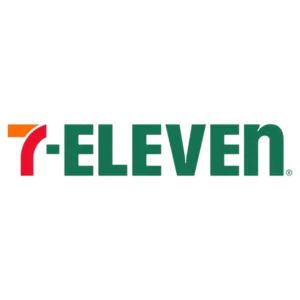How Can You Complete a Fire Extinguisher Inspection Certification Online At Your Own Pace?
I still remember an early Monday when a hotel chief engineer called before sunrise. A guest had pulled an extinguisher off the wall, and the night auditor noticed the pressure needle sitting low. No one could find the last monthly tag.
That week, we transitioned the team to a self-paced Fire Extinguisher Inspection Course, designed for real-world use, featuring short lessons, quick quizzes, and a printable card available on the same day. Two months later, their logs were spotless, and the “Is this one still good?” hallway debates disappeared.
Suppose that is the kind of calm you want. In that case, this guide explains how to complete your certification online without disrupting your schedule and how a structured program can support a consistent, repeatable safety routine.
Why Self-Paced Online Training Works
Self-paced learning allows you to start and stop at your convenience, fitting your day: on a phone during a commute, on a computer between tasks, or at home after dinner. A strong program:
- Covers NFPA 10 and related code requirements in clear, practical language
- Walks you step by step through monthly checks
- Ends with a certificate you can download, print, and share immediately
You will often see terms such as fire certification training used on provider pages. Instead of focusing on marketing language, look for content that is easy to understand, accessible on mobile devices, and clearly accepted by your employer or the Authority Having Jurisdiction (AHJ).
Fire Extinguisher Certification Cost With Fire Extinguisher Inspection Certification Online
When you choose fire extinguisher inspection certification online, you are paying for more than a piece of paper. The fire extinguisher certification cost typically includes:
- Structured, code-aligned lessons that match NFPA 10 topics
- A valid assessment that proves understanding, not just attendance
- Documented proof of training for audits, insurance, and internal records
Individual learners usually pay a modest one-time fee. Organizations often receive bundle pricing, along with administrative tools and reporting. In most cases, the cost is quickly offset by:
- Cleaner inspection logs that hold up during AHJ visits
- Fewer missed issues that could turn into equipment failures
- Less time spent chasing down missing tags or unclear records
Instead of treating cost as a simple expense, it makes more sense to view it as a low-cost way to mitigate risk, minimize downtime, and avoid regulatory problems.
What Certification Covers In Day-to-Day Work
Quality training stays focused on what you actually do on the wall, in the truck, and on the plant floor. Most programs cover:
- Extinguisher classes (A, B, C, D, K) and which hazards they match
- The PASS method and safe approach distances
- The difference between monthly visual inspection and annual maintenance, and who is responsible for each
- How to read gauges, seals, labels, and hydrostatic test dates
- Required walking distances, mounting heights, and visibility rules
- Recordkeeping that stands up to AHJ, OSHA, or insurance review
The goal is simple: turn safety rules into muscle memory. Instead of asking, “Where is the tag?” you start hearing, “Tag is signed, seal is intact, needle is in the green.” Over time, the habits developed through portable fire extinguisher inspection training become evident in fewer surprises during inspections.
How Self-Paced Learning Works From First Click To Certificate
Most online programs follow a straightforward process:
- You purchase or receive access and create an account.
- You complete short modules, usually 3 to 10 minutes each.
- You answer brief scenario questions along the way.
- You take a final assessment, with retakes typically allowed.
- You download your certificate and wallet card immediately.
If your organization uses fire extinguisher inspector training within a learning management system (LMS), your completion status can often be synced automatically, or you can upload your certificate for tracking.
A Simple Three-Day Plan
- Day 1 (20–30 minutes): Intro, extinguisher basics, hazards, and classes
- Day 2 (20–30 minutes): Monthly inspection steps and common problems
- Day 3 (15–25 minutes): Final review, assessment, and certificate download
Most learners complete the course in one to three hours, without needing to block off an entire morning.
Monthly Inspection Checklist You Can Follow
When you walk your route, use a calm, methodical rhythm:
- Location and access: Mounted, visible, and not blocked
- Gauge and fullness: Needle in the green; cylinder feels full for its size
- Safety seal and pin: Present and unbroken
- Physical condition: No rust, dents, corrosion, or leaks
- Hose and nozzle: Clear of debris, cracks, or blockages
- Labels and instructions: Legible and facing forward
- Tag and log: Initial and date; document any issues for follow-up
- Dates: Service and hydrostatic test within required intervals
- Placement: Proper type and distance for the hazard it protects
If any step fails, tag the unit “out of service,” replace it on the spot if you have a spare, and escalate the issue to maintenance. Regular use of your skills from fire extinguisher inspection certification training makes this checklist feel natural rather than complicated.
Common Mistakes To Avoid During Inspections
Even with training, specific errors persist and recur. Watch for:
- Skipping the seal. A missing or broken seal can indicate prior use, so never sign the tag without a thorough examination.
- Overlooking blocked access. Holiday décor, pallets, and rolling carts often migrate into extinguisher spaces; the path must stay clear.
- Ignoring faded labels. If instructions cannot be read, the unit is not ready for a stressful moment.
- Mixing types. A K-Class kitchen unit does not belong next to a paint booth. Match hazards and units carefully.
- Forgetting the tag. If it is not documented, it did not happen. Complete, legible tags protect you later.
Your certification is designed to help you avoid these missteps and identify problems before they become serious issues.
Who Benefits Most From Online Training
Online certification is beneficial for:
- Facility managers and engineers are responsible for monthly checks
- Property and hotel teams with large footprints and multiple buildings
- Retail, healthcare, and education staff who need concise, consistent modules
- Safety coordinators are building a repeatable program across many sites.
- Contractors who need on-demand proof before entering a client facility
When you roll out inspection training across locations, everyone learns the same process and uses the same language from day one, whether they work in a small office or a large industrial site.
How To Compare And Choose A Provider
Course names can be confusingly similar, which is why it helps to focus on substance rather than labels. You may see options described as a fire extinguisher inspector course, “inspection class,” or basic awareness training. Instead of relying on the title, compare these features:
- Precise mapping to NFPA 10 topics and OSHA references
- Short, focused modules with photo or video examples
- Mobile-friendly player and adjustable playback speed
- Printable certificate, wallet card, and digital completion records
- Retake policy with immediate feedback on missed questions.
- Language options such as English and Spanish
- Accessibility features like captions, transcripts, and keyboard navigation
- Team tools such as progress tracking, automated reminders, and group pricing
The name matters far less than how well the course teaches inspections and whether your AHJ and company recognize the certificate.
Step-By-Step Inspection Walkthrough
Think of each extinguisher visit as a quick pit stop:
- Approach the unit, scan the area, and confirm clear access.
- Read the label to confirm the type matches the nearby hazard.
- Tap the gauge lightly, since a stuck needle will sometimes settle.
- Check the pin and safety seal, and take a photo if your log requires it.
- Inspect the hose and nozzle, then gently tilt the unit to feel for fullness.
- Look for dents, rust, or corrosion, especially at the base and under the bracket.
- Confirm service and hydrostatic dates, then update the tag clearly.
- Step back and ask whether a stressed coworker could spot this unit from 30 feet away, and fix what you can.
Repeating this process until it feels automatic is precisely what your course is meant to support.
Rolling Out Training Across Your Team
If you manage a team, the right platform keeps training from slowing operations:
- Select a provider that offers quick sign-up and bulk seat purchasing.
- Utilize a dashboard that displays real-time progress and completion status.
- Assign training by job role and location, with clear deadlines.
- Post a one-page “Monthly Inspection” sheet at each extinguisher map.
- Use QR codes that link directly to your digital log for faster updates.
- Offer two pay-period windows for those who require additional support.
- Celebrate the first month of clean logs, and recognize people who made it happen.
If you already track other safety courses, add your fire extinguisher inspector certification to the same system so that reminders, reports, and records are all in one place.
Real-World Scenarios Where Training Helps
Real workplaces rarely match textbook photos. Certification prepares your team for the messy, in-between situations, such as:
- Renovation dust. Drywall work coats, gauges, and signage. Certified inspectors schedule extra checks and bring wipes.
- Seasonal inventory. Pallets block wall units. Trained staff move stock or reposition a temporary stand to keep coverage.
- New hazards. A café adds a fryer, and a K-Class unit joins the lineup. Staff understand what changed and why.
- After a discharge, a prank pull or small fire leaves a gap. Teams trained online know how to tag, replace, and log without guessing.
In each case, training turns confusion into a clear next step, which makes emergencies less chaotic and inspections more reliable.
Study Tips For Faster Completion And Better Retention
You do not need to cram to succeed. A few simple habits make learning easier:
- Break lessons into 20-minute sprints and stop where the system saves your place.
- Keep a small notepad with key points such as classes, gauges, seal and pin, and tag; writing them once helps them stick.
- Watch photo examples twice; visual memory pays off during inspections.
- Take practice questions seriously; wrong answers often teach faster than right ones.
- After passing, walk your route with the checklist the same day to cement the habit.
These steps make certification training feel practical instead of theoretical, helping you remember what matters most on the floor.
What Happens After You Pass
Once you complete your chosen course and final exam:
- You receive a dated certificate, often accompanied by a wallet card.
- You can save both to your phone and a shared compliance folder.
- You or your manager sets recurring calendar reminders for monthly rounds.
In the first month, give yourself a little extra time for each route. As your pattern settles in and the process becomes routine, inspection time naturally shrinks while the quality of your checks steadily improves.

